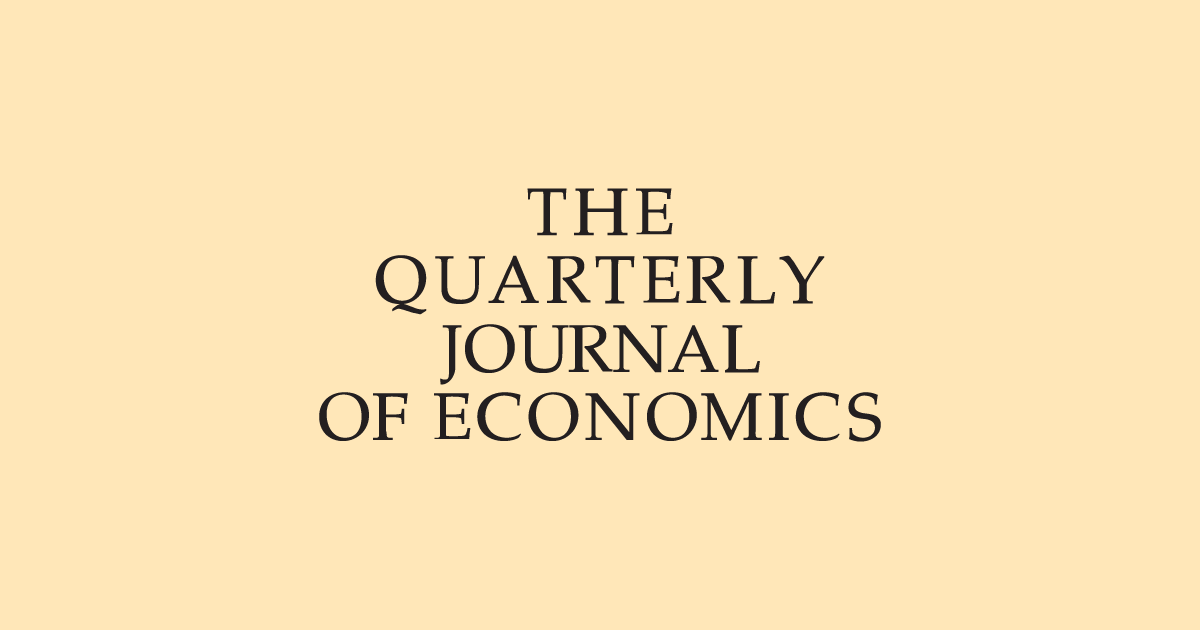Abstract The Neolithic revolution saw the independent development of agriculture among at least seven unconnected hunter-gatherer populations. I propose that the rapid spread of agricultural techniques resulted from increased climatic seasonality causing hunter-gatherers to adopt a sedentary lifestyle and store food for the season of scarcity. Their newfound sedentary lifestyle and storage habits facilitated the invention of agriculture. I present a model and support it with global climate data and Neolithic adoption dates, showing that higher seasonality increased the likelihood of agriculture’s invention and its speed of adoption by neighbors. This study suggests that seasonality patterns played a dominant role in determining our species’ transition to farming.


